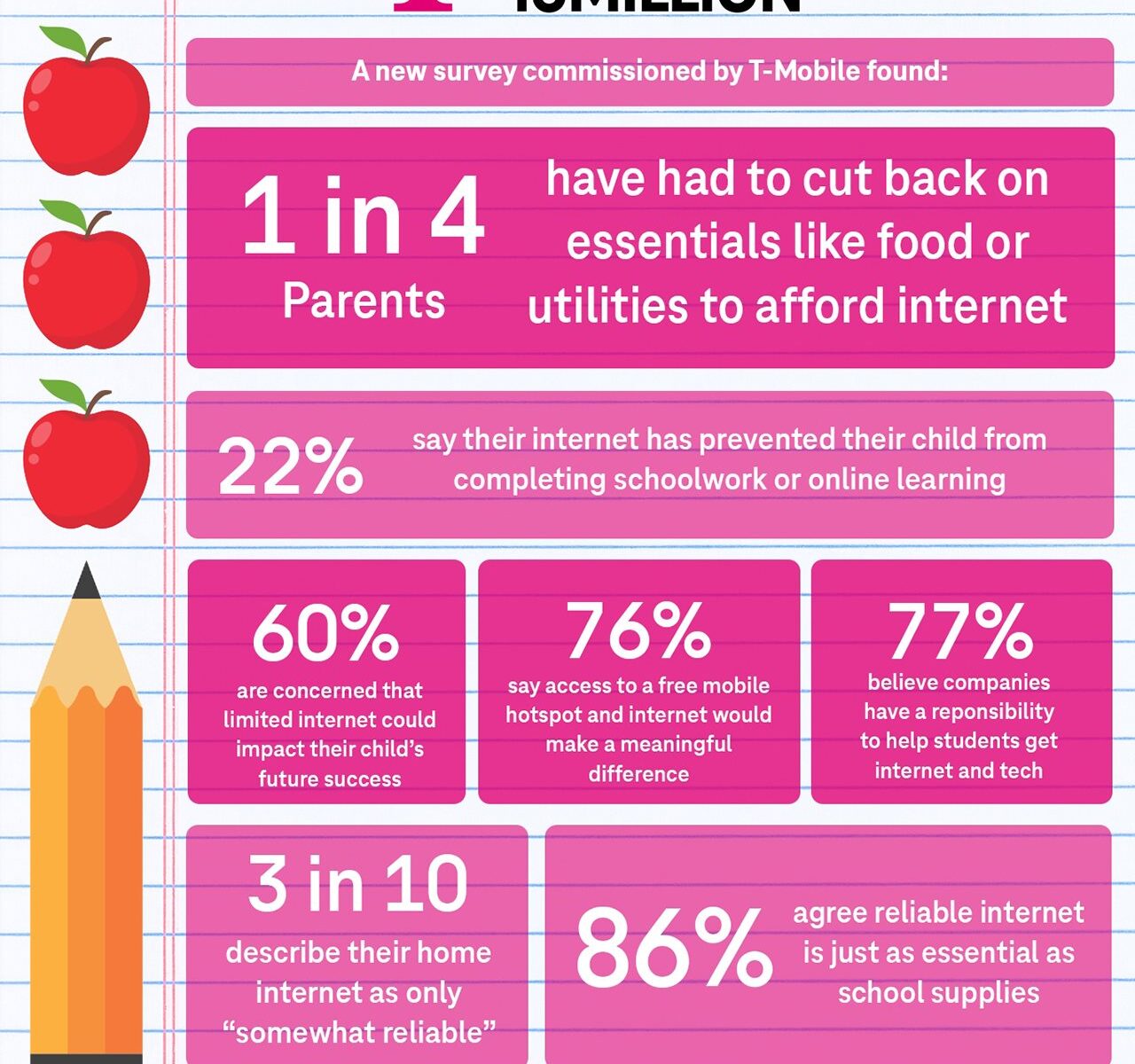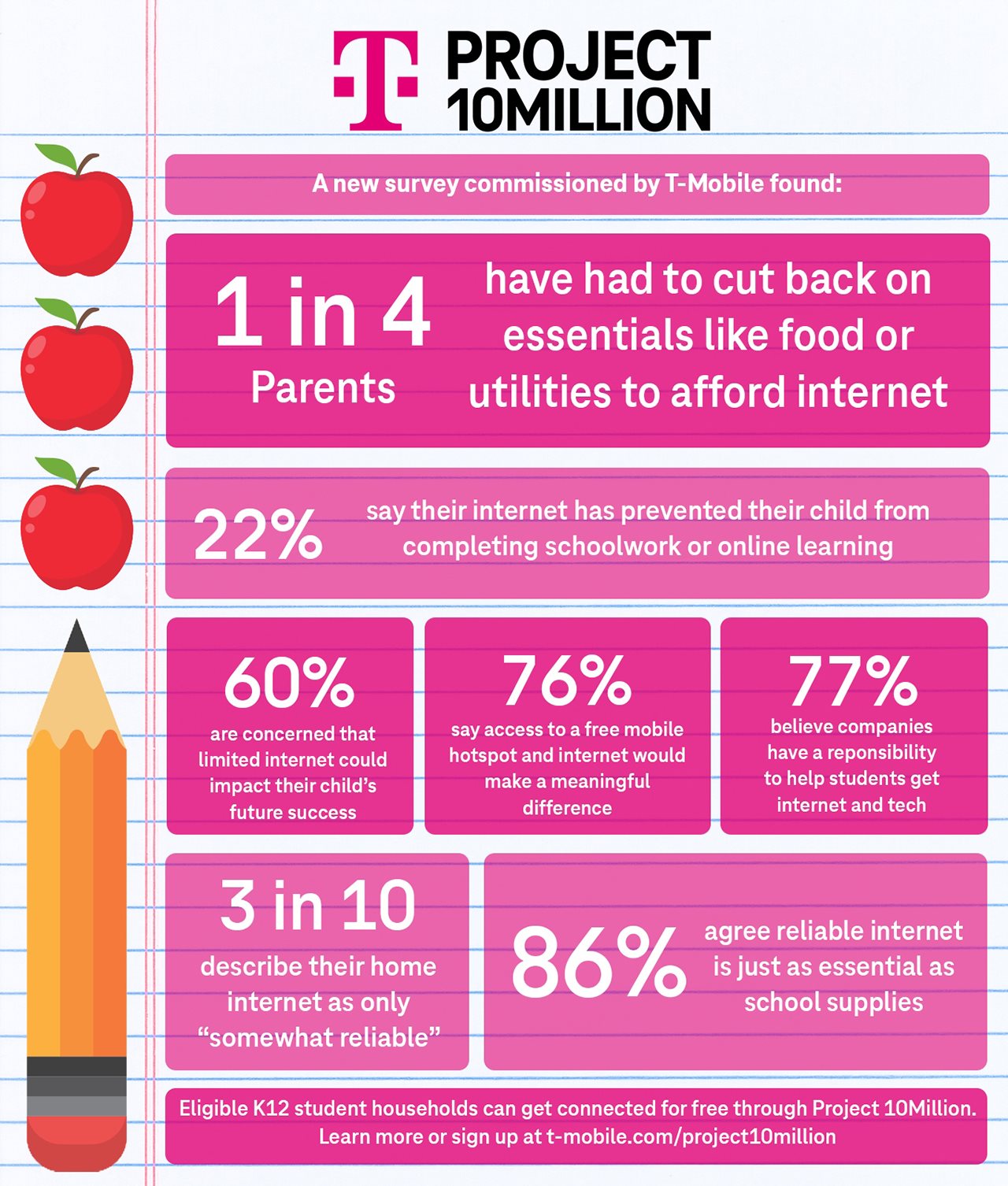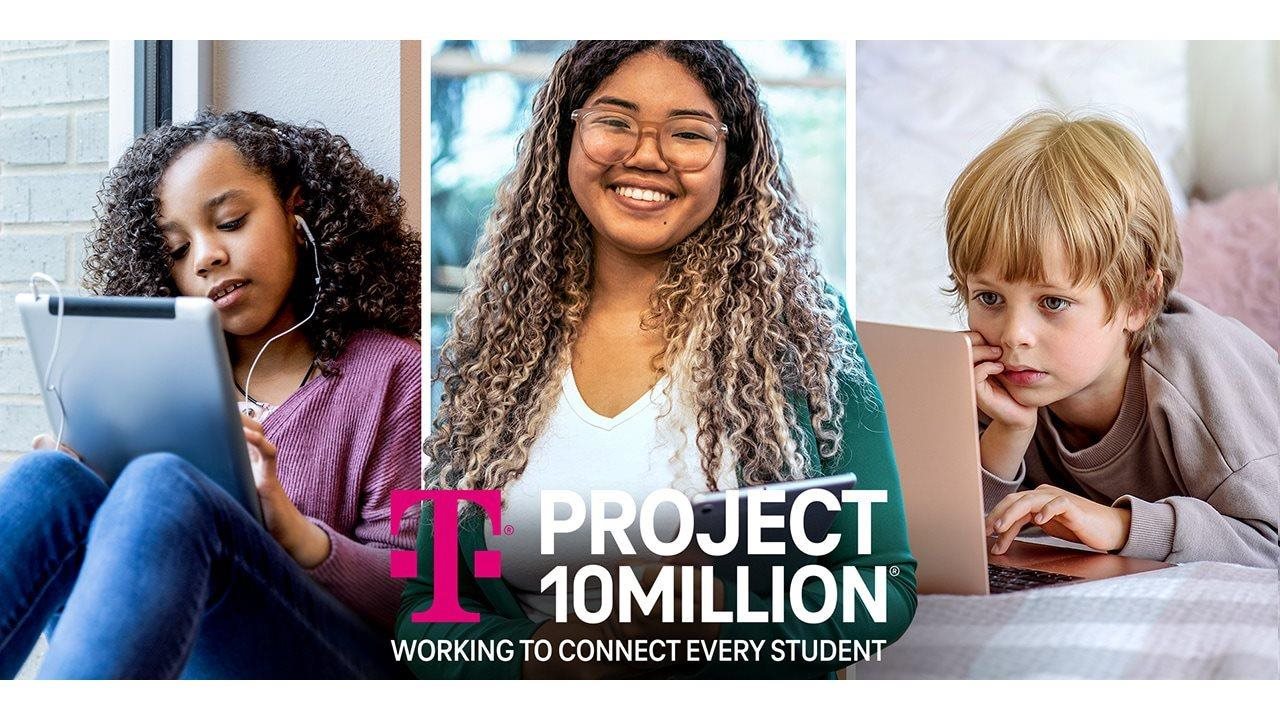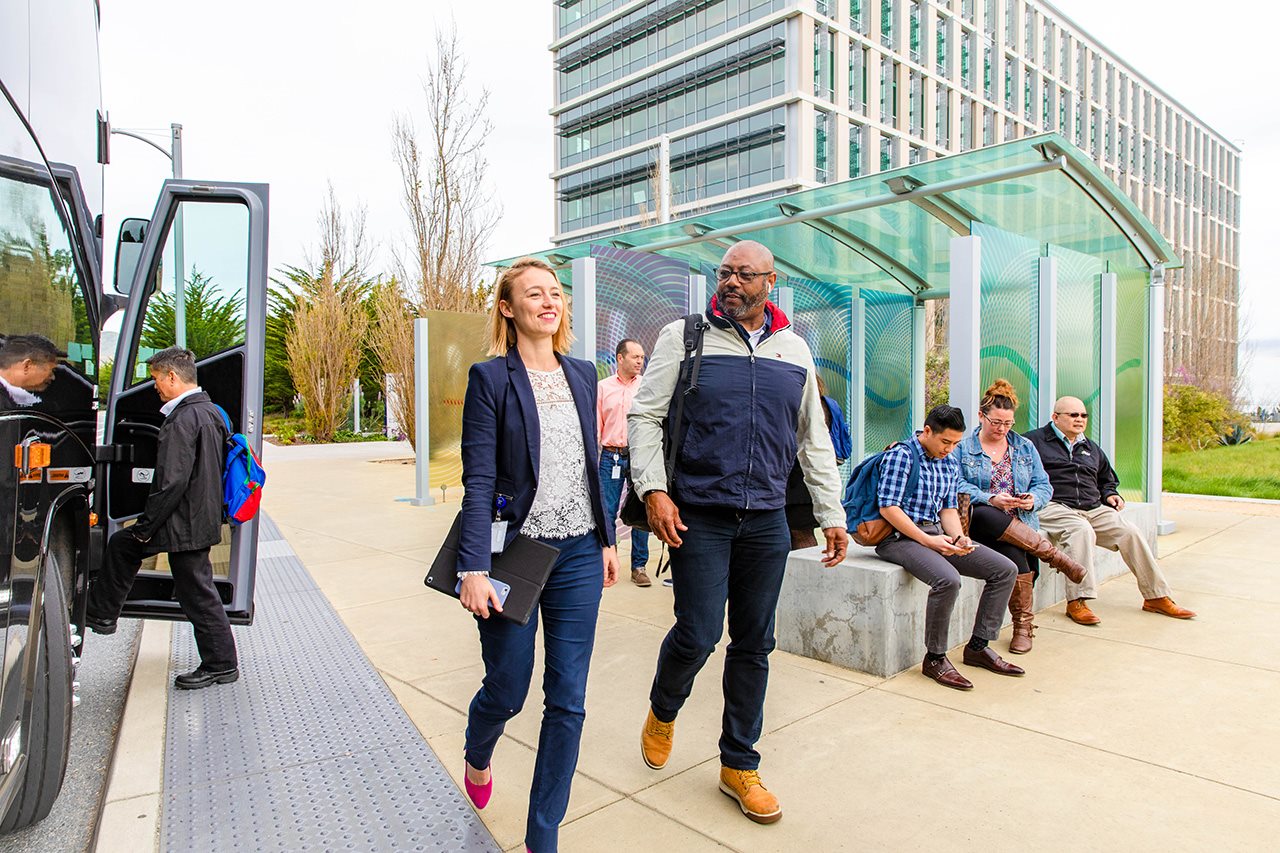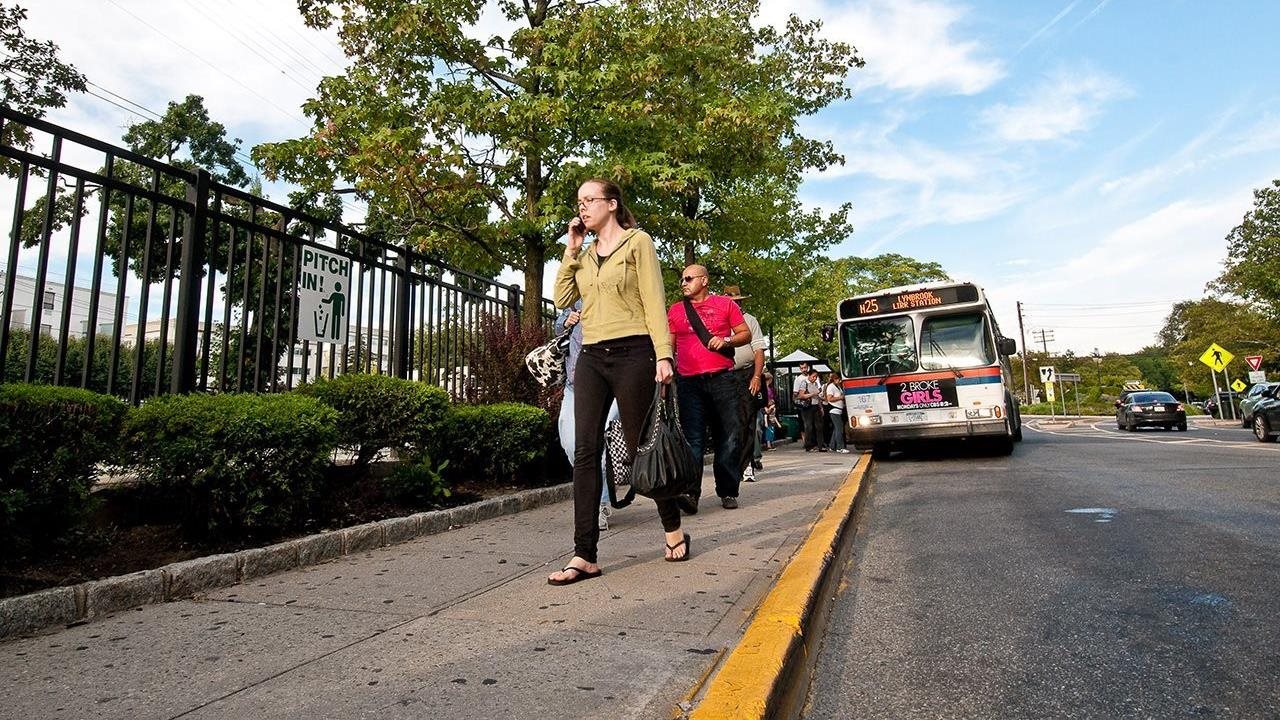2025-09-19T11:19:01
(BPT) – Are you prepared in case of a local emergency? From severe storms to wildfires and floods, it’s critical that you and your loved ones have the knowledge and resources to weather these and other disasters. This National Preparedness Month, take small steps to prepare your family for big emergencies.
Don’t know where to start? T-Mobile knows how important it is for families to stay in touch with each other and reach emergency services. Over the past few years, the mobile provider has added resilience tools like AI-driven network automation, satellite-powered emergency messaging and priority service for first responders. In addition to these investments in technology and resources to support community connectivity during disasters, T-Mobile offers a few simple steps you can take now to prepare your family for a future emergency.
1. Save local emergency numbers
In a crisis, it’s vital that you’re able to reach your family and emergency services as quickly as possible. Look up and save important local emergency numbers including police and fire, poison control and state highway patrol in your contacts.
2. Enable Wireless Emergency Alerts
Wireless Emergency Alerts (WEA) are public safety messages sent by local, state, tribal and federal Alert Originators to provide critical information and help keep you safe and aware of dangerous weather and other emergencies in the area. Check that alerts are enabled on your phone under the notification settings.
If your phone supports satellite texting, consider adding T-Satellite with Starlink. It lets you send and receive texts (including to 911) and enables location sharing when towers are down almost anywhere in the U.S. if you can see the sky. And anyone with a compatible phone, even if you’re not a T-Satellite subscriber, can still receive WEAs.
3. Conserve phone battery with low-power mode
If the power goes out during a disaster or weather event, it can be hours to days until it’s restored. Turn on Low Power/Battery Saver mode, dim your screen, and limit use to essential calls and texts to stretch your charge.
4. Turn on Wi-Fi Calling
If a cell tower goes down, Wi-Fi Calling lets you place calls and texts over any available Wi-Fi, including home internet and public hotspots. Most providers support it. Look in Settings > Phone (or Connections) > Wi-Fi Calling.
5. Prepare a go-bag
During an evacuation, don’t risk forgetting essentials. Stay prepared by packing a go bag with prescriptions and over-the-counter medications, first-aid supplies, a flashlight and batteries, a radio, chargers, printed maps, a jacket and sneakers, copies of key documents, water and nonperishable food.
6. Make a family emergency plan
Your family may not all be together when disaster strikes. To be prepared, make a family emergency plan and go over it together. Include a designated meeting point, a list of emergency contacts, a household communication plan and evacuation routes. Keep a printed copy in a sealed bag.
7. Know your community resources
During a disaster, connection and community are critical. Make sure you know where you can find support and check with your city and county for emergency response services.
It takes teamwork to hold communities together during a disaster. That’s why T-Mobile deploys community support vehicles with robust Wi-Fi and high-capacity charging to neighborhoods during emergency events. Whether you’re a customer or not, you can rely on this service to keep your community connected when it matters most.
Stay connected, stay safe
This month, take these seven small steps that can make a big difference during a disaster. To find more emergency tips and learn about what T-Mobile is doing in communities like yours, visit T-Mobile.com/News/Emergency-Response.




